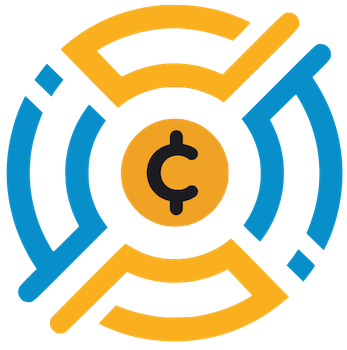In a surprising turn of events, Cardano has been integrated into the beta version of Brave Wallet, a development touted as a significant milestone for the blockchain protocol. This integration connects a robust blockchain system to a browser with an impressive 88 million monthly active users. However, despite the initial excitement, the actual effects on Cardano’s market performance appear to be surprisingly tepid. The situation reveals deeper issues, pointing to a concerning narrative that goes beyond mere market fluctuations.
Promising Integration, Disappointing Market Response
On the face of it, the integration of Cardano into Brave Wallet seems like a golden ticket. Users can now send, receive, swap, and sign transactions with Cardano assets directly through the privacy-centric Brave browser. Additionally, they can interact with decentralized applications and engage in governance, solidifying Cardano’s functionality in the fast-evolving crypto landscape. However, the reality is starkly different. The expected surge in interest hasn’t materialized, as indicated by ADA’s price stagnation at around $0.6002, slightly down from previous weeks — a weak response that brings the excitement of integration into question.
Moreover, trading volume has plummeted by over 47%, from $684 million to $360 million in just 24 hours. This is not merely a statistical anomaly; it reflects a broader malaise in Cardano’s adoption and interest levels. With derivatives metrics also pointing to a decrease in speculative interest, one has to wonder if Cardano is losing traction at a critical juncture in its development.
Navigating the Downtrend: A Technical Breakdown
Looking at the technical indicators, it’s not merely a perception problem; Cardano is in a defined downtrend. Trading near its lowest point since mid-April suggests underlying weakness that isn’t easily dismissable. The price remains below significant moving averages — a clear sign of bearish momentum. The narrowing of Bollinger Bands signifies that selling pressure is still prevalent, leaving ADA vulnerable to further declines.
The technical analysis further complicates the picture. Momentum indicators like the relative strength index (RSI) are creeping towards oversold territory, yet there is a lack of reversal signals that would typically foster optimism among investors. The moving average convergence divergence (MACD) remaining in negative territory coupled with a deeply oversold stochastic RSI only adds to a growing narrative of pessimism.
The Delicate Balance of Market Sentiment
What’s particularly troubling is how sentiment seems disconnected from fundamentals. While the integration of Cardano into Brave Wallet should theoretically enhance the project’s visibility and usability, it hasn’t resonated with the market. This suggests an underlying skepticism surrounding Cardano’s long-term viability, fueled by a series of broader market fears, disappointing performance metrics, and perhaps a failure to fully communicate the value proposition of Cardano effectively.
The market landscape for cryptocurrencies is notoriously volatile, but that volatility doesn’t always equate to irrational behavior. Instead, it often reflects a combination of market sentiment, confidence in the underlying technology, and utility. In Cardano’s case, the failure to break above the resistance zone of $0.65 complicates matters further, with pessimism looming as low trading volumes could easily lead ADA towards the $0.55 mark.
Opportunities Lost Amidst False Promises
The Brave Wallet integration should have been an opportunity for Cardano to carve out a strong presence among new and existing crypto users. Instead, the lack of substantial market movement raises important questions about Cardano’s future. Could it be that users are either unaware of the integration’s benefits or entirely unimpressed with what Cardano has to offer? The crypto community is often quick to embrace innovative solutions, yet it’s evident that Cardano hasn’t captured the imagination of the market as one would expect.
While the short-term dynamics reveal a downward trend, the long-term potential remains a point of contention. The technology driving Cardano is seen by many as robust, but without a substantial user base, it risks relegation to the sidelines in a competitive ecosystem. Moving forward, Cardano must find ways to reignite interest, demonstrate the real-world applications of its technology, and ultimately convert the excitement of integrations like Brave Wallet into measurable results on the trading floor.















